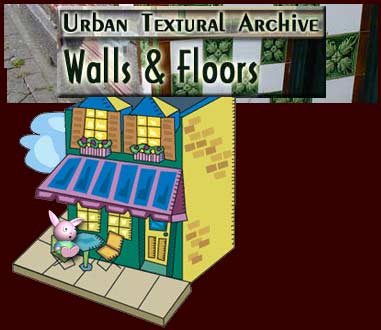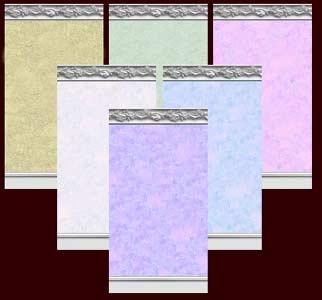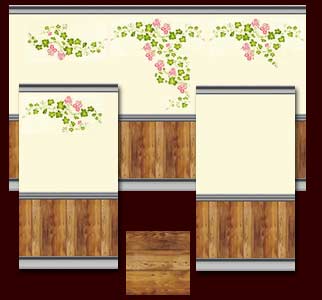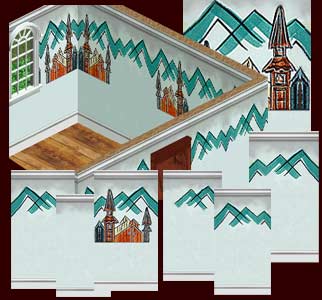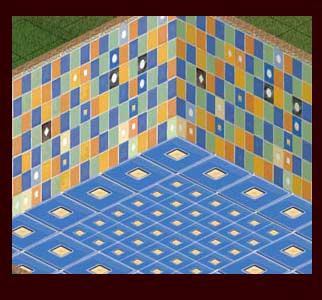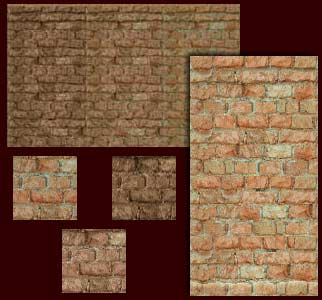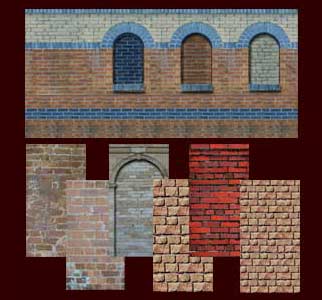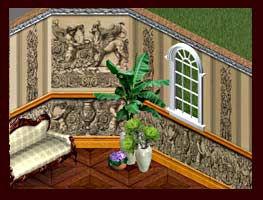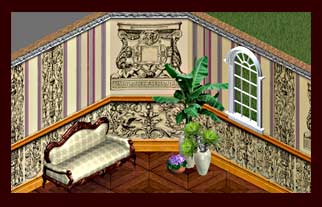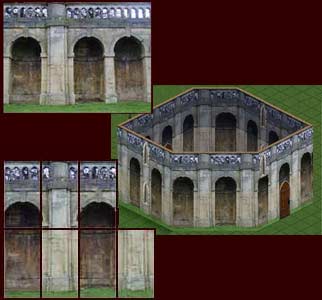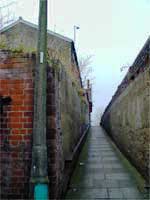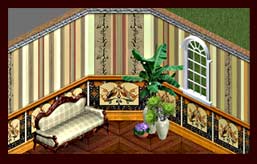|
Inspired by his grand tour of Turkey, Egypt, Sicily and Spain in
1831, Jones' aim for "The Grammar of Ornament" was to
provide scientific accuracy in reproducing exact & detailed
records of colours and patterns. However, no printer in London at
the time could meet Jones’ requirements, and eventually he
set up his own press to produce the 110 magnificent chromolithographs
in the collection.
Featuring
highly detailed examples of architectural ornament and decorative
detail of many countries and peoples, ancient and modern, from aboriginal
groups through to civilisations of Egypt, Babylon, Persia &
Rome, Turkey and China, Jones’ illustrations offer the supreme
expression of Victorian taste in historical decoration, and The
Grammar of Ornament continues to serve as a definitive source of
reference and inspiration for designers even today.
.An
interesting footnote is that one of the many contributors to the
Grammar of Ornament was Henry Cole, the founder of the Victoria
& Albert Museum. A civil servant whose career was distinguished
by its enormous energy and range of interests, Cole organized the
Public Record Office, introduced penny postage in Britain, and –
under the title of “Summerly’s Art Manufactures”
– persuaded artists into designing for industry to improve
public taste. In 1845 he invented the Christmas card, with a design
commissioned from J.C. Horsley.
|
